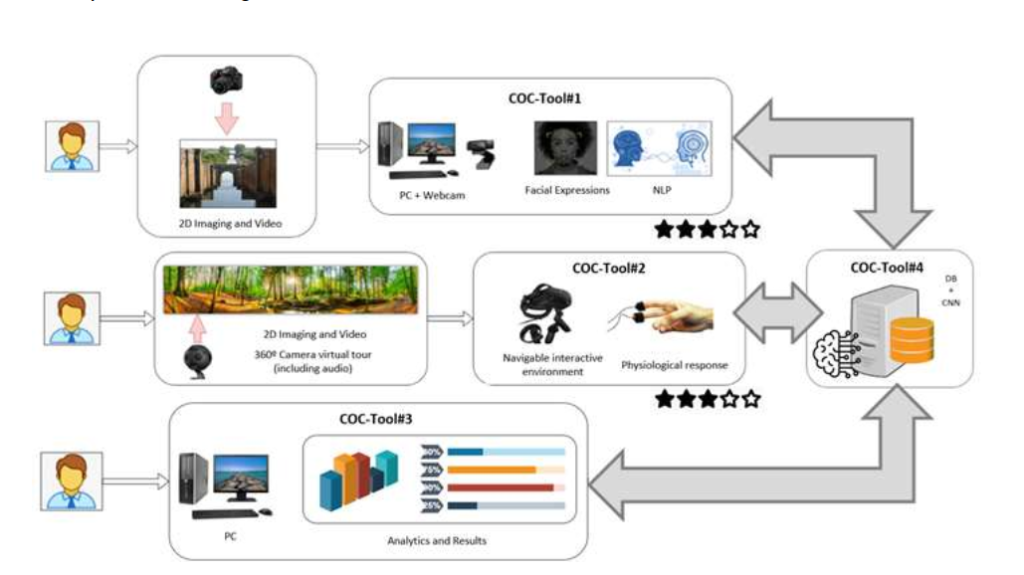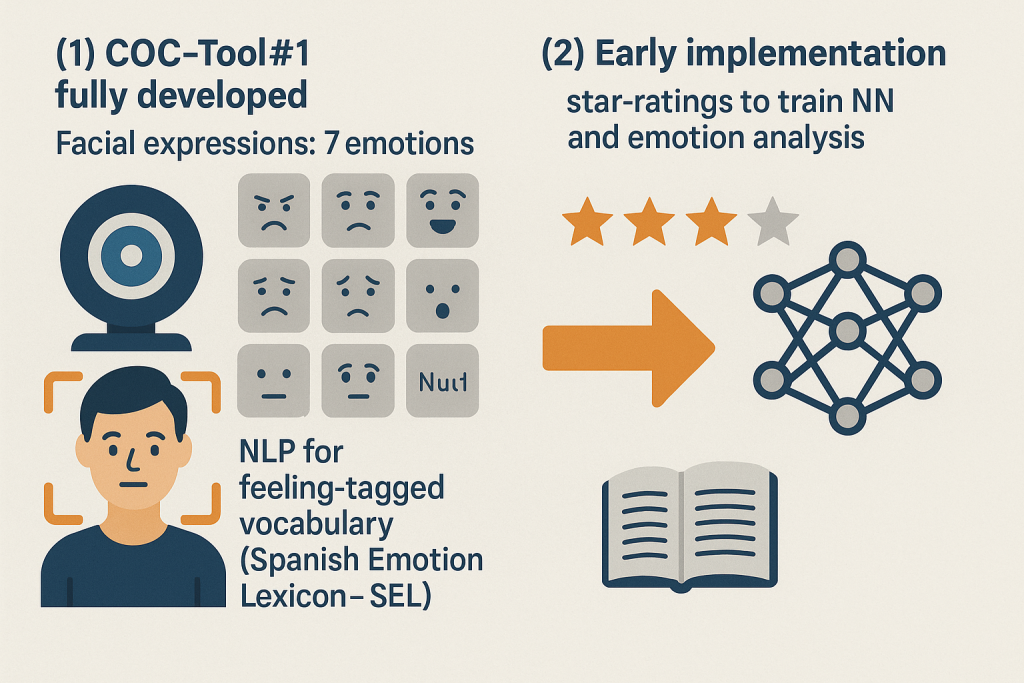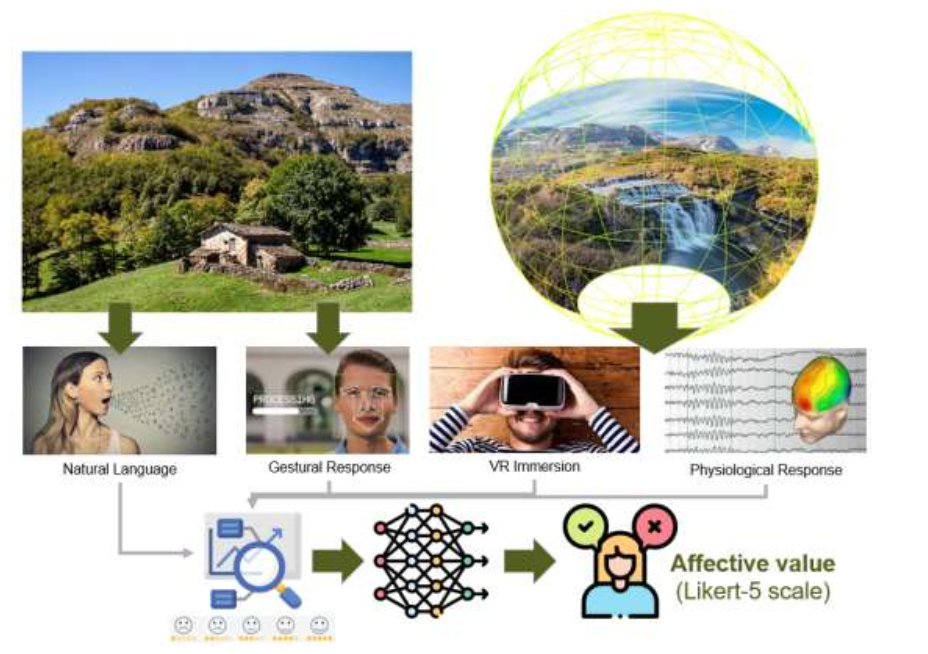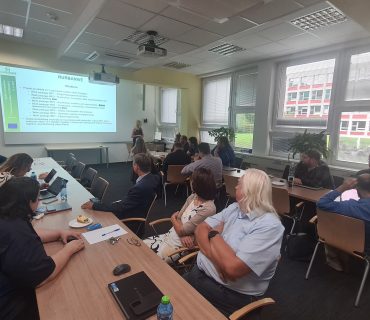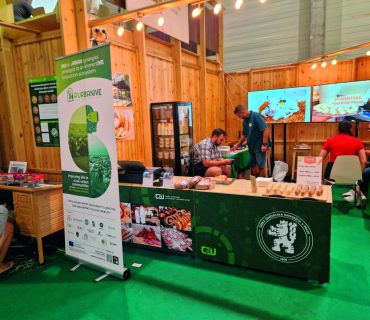Culture, Landscape and Heritage Access & Promotion
Enhancing Cultural Heritage
through Technology and Emotion
Within the Culture, Landscape and Heritage Access & Promotion domain, RUE#5 explores how advanced technologies can deepen the emotional and intellectual connection between people and their environment. In the Valles Pasiegos region of Spain, the initiative brings together innovation and cultural heritage, demonstrating that digitalisation can serve not to replace, but to reveal, the character of rural landscapes. Led by CARTIF Technology Centre, this RUE applies cognitive computing techniques to make heritage more accessible, meaningful, and participatory. It seeks to transform the way visitors, residents, and communities experience the territory — turning observation into engagement and data into shared memory.
Understanding Emotion to Preserve Identity
At the heart of RUE#5 lies a simple premise: protecting culture begins with understanding how people relate to it. By applying emotion recognition and cognitive analysis techniques, the enabler captures how visitors perceive cultural sites, traditions, and natural settings. These insights allow local actors to recognise which features resonate most strongly with audiences, guiding future communication and visitor management efforts. This human-centric approach turns emotion into an active tool for conservation. Instead of treating heritage as static or distant, it highlights its living dimension — how it moves, inspires, and connects people to place.
Digital Pathways for Heritage Access
To translate these insights into practice, RUE#5 develops digital environments that combine storytelling, interpretation, and immersive interaction. The model links rural heritage assets to virtual layers of information through tools such as facial expressions and narrative mapping, natural language interfaces, and extended reality visualisations. Visitors can explore cultural and natural sites through tailored digital pathways, gaining deeper understanding and context as they move through the landscape.
The design integrates three key stages:
- Capturing and interpreting emotional responses to culturallandscapes.
- Translating these responses into interpretative and narrative content.
- Delivering this content through intuitive and accessible digital channels.
Through these mechanisms, RUE#5 fosters a more inclusive and emotionally rich way to experience Europe’s rural landscapes.
Participatory Co-Design
The RUE follows a participatory design process in which technical development and local perspectives evolve together. Work carried out within the project ensures that the digital tools reflect the region’s cultural identity while supporting sustainable tourism and heritage management strategies. By aligning technological creativity with community values, RUE#5 demonstrates that innovation can strengthen — rather than dilute — the authenticity of rural heritage.
Expected Outcomes and Impact
RUE#5 delivers a digital framework for cultural and landscape promotion that merges emotional analytics, storytelling, and participatory design. Its key characteristics include:
- Enhanced accessibility and interpretation of cultural and natural heritage.
- Deeper understanding of visitor perception and engagement.
- Data-informed insight for heritage management and tourism planning.
- Reinforced connection between communities and their landscapes.
- A replicable model for emotion-aware, sustainable cultural tourism.
By bridging science, technology, and emotion, the RUE transforms cultural promotion into a shared, evolving dialogue between people and place.
Integration within RURBANIVE
RUE#5 contributes to RURBANIVE’s overall mission by offering a transferable approach for promoting rural landscapes through digital storytelling and participatory innovation. Its results will inform future pilot activities and open call projects focused on culture and heritage, ensuring that emotional intelligence and digital inclusion become central components of rural regeneration. By combining the precision of technology with the empathy of human experience, this enabler demonstrates how Europe’s rural heritage can be rediscovered — not only seen, but truly felt.



